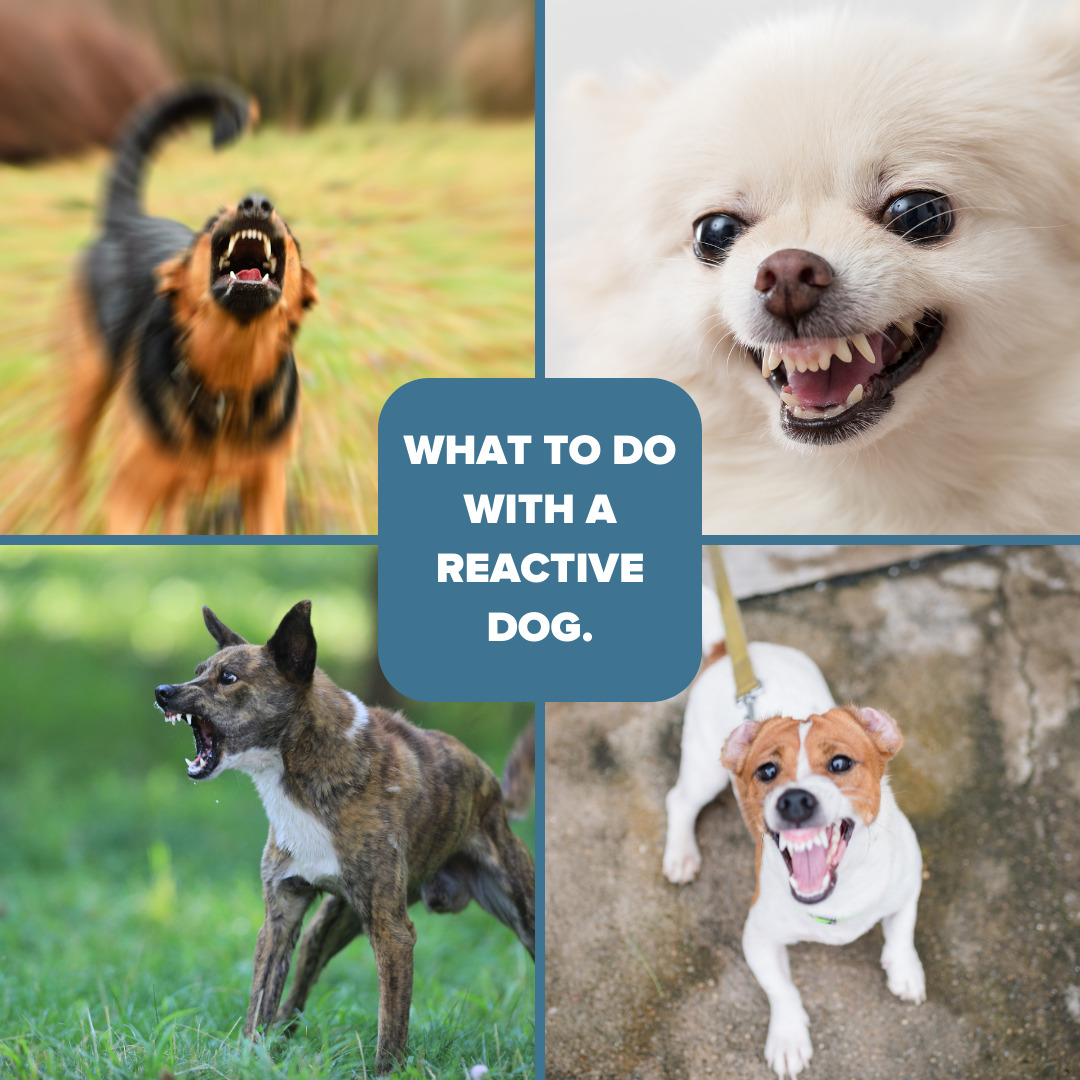Your dog may no longer enjoy petting due to past negative experiences or changes in behavior. It’s essential to observe your dog’s body language and consult a veterinarian or professional trainer for guidance.
Having a close, affectionate relationship with your dog can be fulfilling, so it can be concerning if they suddenly resist being petted. It’s crucial to identify the underlying reason for their change in behavior to address the issue effectively. By understanding the possible causes, using positive reinforcement, and seeking professional advice, you can work towards rebuilding trust and ensuring a positive experience when interacting with your furry friend.
This article will explore various reasons why your dog may be avoiding petting and offer practical tips to help you improve your bond with your beloved pet.

Credit: www.nytimes.com
Understanding Dog Behavior Changes
Understanding why your dog won’t let you pet him anymore can be concerning. Discover the reasons behind these behavior changes and find solutions to strengthen your relationship with your furry friend.
Understanding Dog Behavior Changes As a dog owner, it can be concerning when your furry friend suddenly becomes resistant to your affection. If your dog won’t let you pet him anymore, it’s important to understand that understanding dog behavior changes is crucial to addressing the issue effectively. Dogs communicate through body language and behavior changes can be indicative of underlying issues. By exploring the common reasons for behavior changes and the impact of health issues on behavior, you can gain valuable insight into your dog’s behavior and take the necessary steps to address the situation.Common Reasons For Behavior Changes
When your dog refuses to be petted, it may be due to a range of common reasons such as socialization issues, trauma, fear, anxiety, or simply aging. Dogs are sensitive creatures, and changes in their environment, routine, or interactions can cause them to become defensive or withdrawn. It’s essential to consider any recent changes in your dog’s life that may have triggered such behavior. Additionally, a lack of proper socialization during puppyhood can lead to aversion to physical contact and affection in some dogs. Impact of Health Issues on BehaviorImpact Of Health Issues On Behavior
Health issues can significantly impact your dog’s behavior. Pain, discomfort, or illness can cause dogs to become irritable and reluctant to engage in physical contact. Any sudden behavior changes should prompt a visit to the veterinarian to rule out any underlying health issues that may be causing discomfort to your furry companion. Additionally, aging can bring about physical ailments like arthritis or dental problems, which can make your dog more sensitive and less receptive to physical touch. Understanding the common reasons for behavior changes and recognizing the impact of health issues on behavior can help you address the situation and provide the necessary support for your beloved pet. It’s essential to approach the issue with patience, empathy, and understanding, seeking professional guidance if needed, to ensure the well-being and happiness of your four-legged friend.
Credit: www.amazon.com
Communication And Trust Building
Communication and trust building are crucial aspects of maintaining a healthy and happy relationship with your dog. Understanding your dog’s body language and using positive reinforcement can significantly improve your bond with your furry friend.
Reading Canine Body Language
Understanding canine body language is essential in deciphering your dog’s emotions and needs. Dogs communicate through their body posture, facial expressions, and vocalizations. For instance, a relaxed and wagging tail indicates happiness, while a stiff body posture signals discomfort or aggression. It’s vital to pay attention to these cues to better understand and communicate with your dog.
Building Trust Through Positive Reinforcement
Trust is built through positive reinforcement, which involves rewarding desirable behaviors and ignoring or redirecting unwanted behaviors. When your dog associates your touch with positive experiences such as treats, praise, and affection, they are more likely to welcome your touch and build trust. Consistency and patience play a significant role in reinforcing positive behaviors and strengthening the bond with your dog.
Addressing Fear And Anxiety
One of the most heart-wrenching experiences for a dog owner is when their beloved furry friend suddenly refuses to be petted. It can leave you feeling confused, rejected, and even worried about your dog’s well-being. In many cases, this change in behavior is linked to fear and anxiety that your dog may be experiencing. Understanding and addressing these emotions is crucial in helping your dog regain trust and allowing you to rebuild your bond.
Identifying Fear Triggers
Dogs can become fearful and anxious due to a variety of triggers. These might include past traumatic experiences, loud noises, unfamiliar environments, or even certain physical gestures. Identifying what triggers your dog’s fear is the first step in addressing the issue. Observe your dog’s body language and behavior closely to determine if there are any specific situations or actions that contribute to their anxiety. It could be a raised hand, sudden movements, or specific sounds that trigger their fear response.
Desensitization And Counterconditioning
Once you have identified the fear triggers, the next step involves desensitization and counterconditioning. These techniques are aimed at helping your dog associate the previously fear-inducing stimuli with positive experiences. Start by gradually exposing your dog to the trigger at a distance that doesn’t elicit a fear response. For example, if your dog is scared of raised hands, you can begin by showing your hands from a distance without making any sudden movements.
| Desensitization and Counterconditioning Process |
|---|
| Step 1: Present the trigger at a distance that doesn’t cause fear. |
| Step 2: Pair the presence of the trigger with positive reinforcement, such as treats or praise. |
| Step 3: Gradually decrease the distance between your dog and the trigger, continuing to reward calm behavior. |
| Step 4: Repeat the process, increasing exposure incrementally, until your dog is comfortable being around the trigger. |
Throughout this process, it’s important to remain patient and reward your dog’s calm behavior consistently. Over time, your dog will start associating the trigger with positive experiences, gradually reducing their fear response. Professional assistance from a certified dog trainer or behaviorist can be highly beneficial in implementing these techniques effectively.
Remember, every dog is unique, and the time it takes for desensitization and counterconditioning to be successful may vary. Be patient and understanding as you work towards helping your furry friend overcome their fears. In doing so, you’ll not only strengthen your bond but also create a safe and trusting environment for your dog.

Credit: spiritdogtraining.com
Seeking Professional Help
If you’re experiencing difficulties in petting your dog and are concerned about their behavior, seeking professional help can be a valuable solution. Consulting with a veterinarian or animal behaviorist can provide you with the guidance and expertise needed to understand and address the reasons behind your dog’s aversion to being touched. By reaching out to these professionals, you can find effective strategies and solutions to rebuild trust and improve your bond with your furry friend.
Consulting With A Veterinarian Or Animal Behaviorist
When it comes to understanding your dog’s behavior, a veterinarian or animal behaviorist can offer valuable insights. Schedule an appointment with your trusted veterinarian to rule out any underlying health issues that might be causing your dog’s discomfort. A thorough examination can identify any physical ailments or conditions that could be contributing to your dog’s reluctance to be petted.
If a physical cause is ruled out, consulting with an animal behaviorist may be the next step. These professionals have a deep understanding of canine behavior and can help identify any emotional or psychological factors that may be influencing your dog’s behavior. They can provide personalized advice and develop a behavior modification plan tailored to your dog’s specific needs.
Implementing Behavior Modification Plan
Working with a professional behaviorist can lead to the development of a behavior modification plan tailored to your dog’s needs. This plan will involve specific techniques and strategies to gradually desensitize your dog to being touched and rebuild trust.
- Positive reinforcement: Use treats and praise to reward your dog for allowing brief touches, gradually increasing the duration and intensity over time.
- Counter-conditioning: Associate petting with positive experiences by pairing it with their favorite activities or rewards, creating a positive association with touch.
- Desensitization: Gradually expose your dog to gentle touch, starting with areas they are comfortable being petted, and slowly work towards more sensitive areas.
- Patience and consistency: Consistently follow the behavior modification plan and practice patience as it may take time for your dog to overcome their aversion to being petted.
Remember, each dog is unique, and the behavior modification plan should be tailored to their individual needs. By working with a professional and implementing these techniques, you can help your dog regain their confidence and enjoy being petted once again.
Frequently Asked Questions On Why Won’t My Dog Let Me Pet Him Anymore
Why Won’t My Dog Let Me Touch Her Anymore?
Your dog may not let you touch her due to various reasons such as pain, fear, discomfort, or a negative past experience. It’s essential to observe her behavior and consult a veterinarian or certified dog trainer to address the underlying issue and improve your relationship.
Why Does My Dog Suddenly Not Like Me?
Your dog may not like you suddenly due to illness, fear, or changes in routine. Observe behavior changes and consult a vet if necessary. Spend quality time with your dog and show love and patience to rebuild trust.
Why Did My Dog Suddenly Stop Liking Me?
Your dog may be displaying behavioral changes due to a variety of reasons such as stress, illness, or changes in routine. Seek professional veterinary advice to rule out any underlying health issues. Additionally, assess any changes in your behavior that may have affected your dog’s feelings towards you.
Why Did My Dog Stop Being Affectionate?
Dogs may stop being affectionate due to changes in their health, mood, or environment. It’s essential to observe any behavior changes, consult a veterinarian for any underlying health issues, and provide a comforting and stimulating environment for your furry friend.
Conclusion
Understanding why your dog won’t let you pet him anymore is crucial for maintaining a healthy relationship with your furry friend. By considering factors such as past trauma, physical discomfort, or changes in their environment, you can work towards rebuilding trust and addressing any underlying issues.
Remember, patience, empathy, and positive reinforcement play a vital role in nurturing your bond with your beloved canine companion. Start implementing these strategies today and watch as your dog becomes more comfortable and open to affectionate gestures once again.



